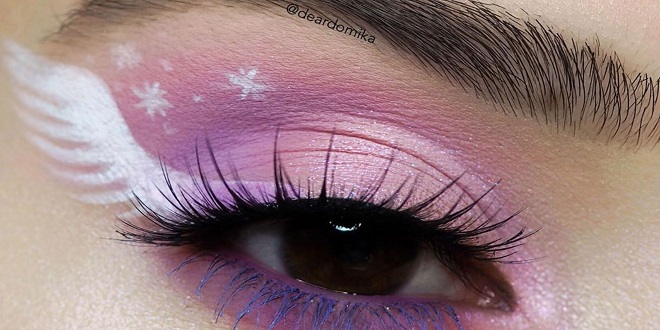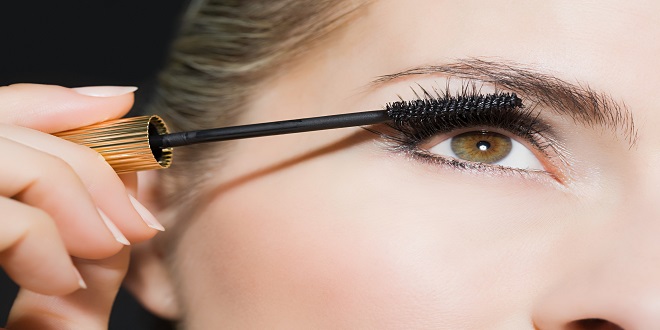The Materials Science of Skin And Analysis

Knowing your skin type is the very first step in proper skincare. Treatments that work perfectly for one type may be disastrous for another. We are all born with a specific skin type and there is no way to change it in line with our preferences! However, it is definitely possible to maintain a flawless, healthy, and glowing complexion no matter which skin type you have. To achieve this, it is important to know which skin type you belong to.
The 5 Skin Types
Your skin falls into one of these five categories- Normal, Oily, Dry, Sensitive, and Combination. Each of these has its own unique characteristics that should be factored in before starting any skin treatment regimen. Let’s learn more about each type:
Normal Skin- Normal skin feels elastic and looks vibrant and fresh at all times. People with normal skin should consider themselves very lucky indeed. That’s because this skin type makes for very few or no breakouts, is not too dry or oily, and does not have any marks or blemishes. Normal skin does not feel tight or dry with changes in the weather and has very little or no fine lines. The pores are small and quite invisible which means that a little foundation goes a long way
It is mostly children who have normal skin. This skin type is often described as the ideal one since it is possible to keep it glowing and blemish-free with relatively little effort even as your age advances. Normal skin ages best and looks glowing and youthful with little maintenance even as you grow older.
There are multiple factors that play a role in determining what type of skin we have. While some of it is genetic, others can be influenced by specific types of diseases and infections. For example, some people might have moles that have grown naturally. This is an area where most individuals look to opt for plastic surgery to ensure that such imperfections are removed. It is suggested that you find the best plastic surgeon and then proceed accordingly with your surgery.
To sum up, normal skin is characterized by these:
Fine, even texture
- Smooth surface
- Small pores which are barely visible
- Good balance between oil and moisture
Dry Skin- In this skin type the pores are very fine. The skin feels tight and dry immediately after cleansing and may even be sensitive for some people. This is because the skin has a lack of sebum (oil). People with this skin type are most prone to developing wrinkles and red patches. The skin is also more likely to feel flaky and to take on an unhealthy appearance because of dead cell buildup. Regular moisturizing, exfoliating and cleansing are a vital part of daily skincare for dry skin.
Dry skin may not cause too many problems at a young age but as you grow older, this skin type is likely to show the effects of aging much more prominently than others. Most problems with dry skin occur when the weather is cold. Special care is essential during the winter months to avoid flaky skin and rashes.
To sum up, dry skin is characterized by these:
Very fine pores
- Dry and dehydrated with a parched appearance; may even be sensitive.
- Needs regular moisturizing to stay hydrated and supple
Does Skin Type Differ Between Men and Women?
Men have a higher level of collagen and their skin is about 20% thicker when compared with women. Males usually have tougher skin which is also more prone to oiliness. The pores are larger and more exposed and visible. When compared with women, the blood supply to the skin is also greater in men. The fact that men sweat easier should also be taken into account as an important difference between men’s and women’s skin types.
You need to understand that the human skin in different parts of the body requires different treatment plans and approaches. For example, if you have acne on your face, you need to consult with someone that specializes in facial skin. Likewise, if you have feet-related problems or are suffering from diabetes foot, you would need to take help from podiatry services and not dermatologists. There is a lack of education and information on the specialized nature of these medical services.
How to Test What Skin Type you Have
Determining your skin type is not a complex affair at all. One of the simplest ways in which you can identify your skin type is to wipe your face with clean tissue as soon as you wake in the morning. Here is what people with different skin types will find with this test:
Normal Skin– The tissue is oil free and your skin feels as elastic and supple as ever.
Dry Skin– The tissue is oil-free but your facial skin feels dry and tight.
Oily skin– The tissue has oily spots and your face looks oily, especially the nose and forehead areas.
Combination Skin– The tissue has oil traces when you wipe your nose, forehead or chin but is clean when you wipe your cheeks.
Sensitive Skin– Those who have this skin type do not usually need the tissue test to figure this out. That’s because sensitive skin reacts poorly to several things- harsh sunlight, dehydration, many creams/shampoos / cosmetics, even the





